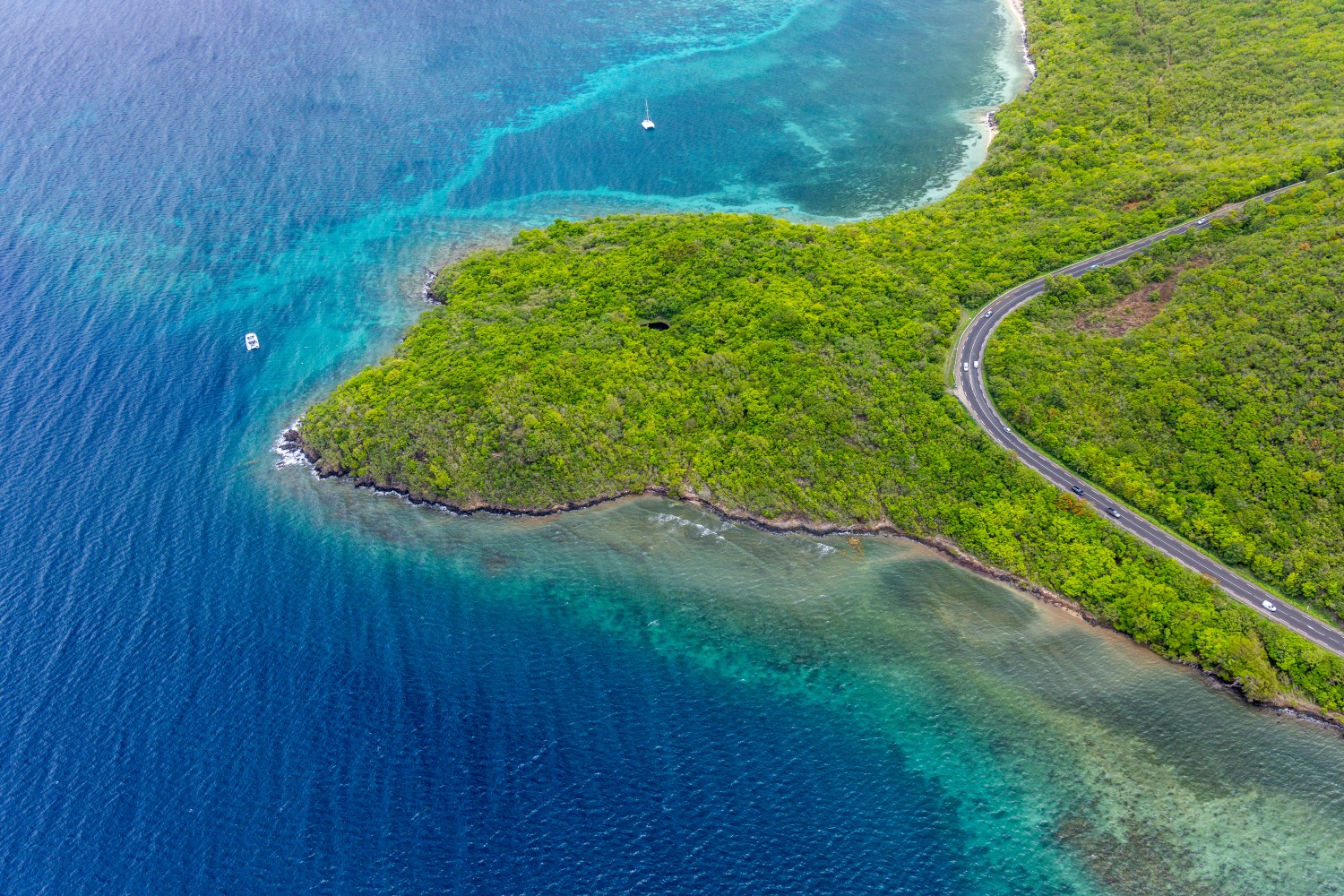Before you go any further...
I've read and accept the Terms of Use and the Privacy Policy.
I accept to receive newsletter and other communications associated with firms of The Explorers Network group'
I accept to receive commercial offers of The Explorers Network partners'.
Thanks!
Vote everyday for your favorite content
SENSITIVE CONTENT
This media contains sensitive content which some people may find disturbing or offensive.
You must be 15 years of age or older to view sensitive content.
Log inBirthday
Content being validated
THE EXPLORERS +
Watch our premium movies
The Explorers + is our premium movie catalog in Ultra High Definition (HD/4K/8K)! Hundreds of videos already available and daily new content on all your devices (web, mobile, tablets, smart TV).
Post content (photo or video) and get 1-month free
OR
Subscribe and support The Explorers Foundation's field actions for biodiversity.

Content being validated
Two centuries of forest overuse
1
0
When Europeans arrived in the early 17th century, the island of Martinique was entirely covered with forest. It suffered during the two centuries that followed both massive clearing to meet the needs of agriculture and breeding in the lower parts of the island and intense logging to provide precious woods, railway sleepers, and charcoal. The forests of the mountainous massifs of the northwest, for their part, paid a heavy toll with the eruption of Mount Pelée in 1902. At the beginning of the 20th century, the awareness of the need to monitor, manage, and protect the forests led to the creation of a forest service in 1903, then to the adoption of a forest code inspired by that of mainland France in 1922. At the same time, the rise in the standard of living and agricultural productivity and the development of tourism allowed the abandonment of the least productive lands and the forest reconquest of the lower parts of Martinique, such as here at Pointe Borgnèse, in the far south.
Related content

Médias en cours d’exploration

